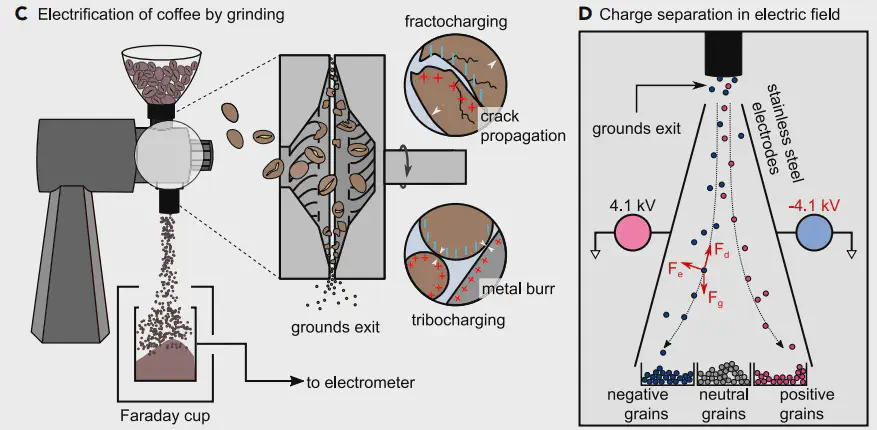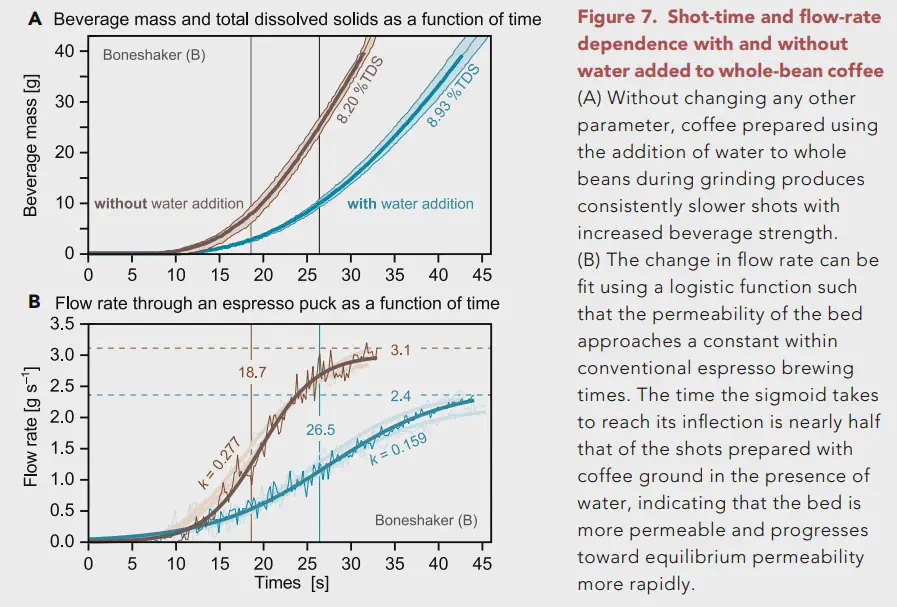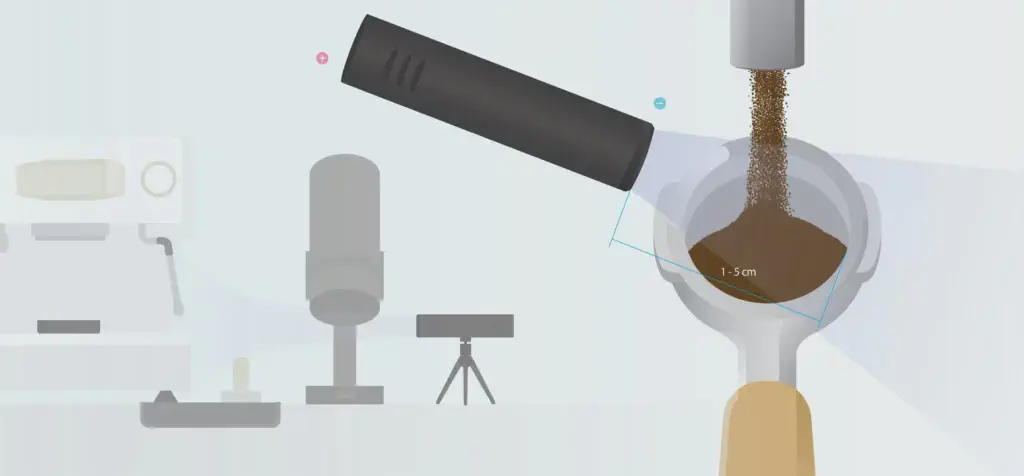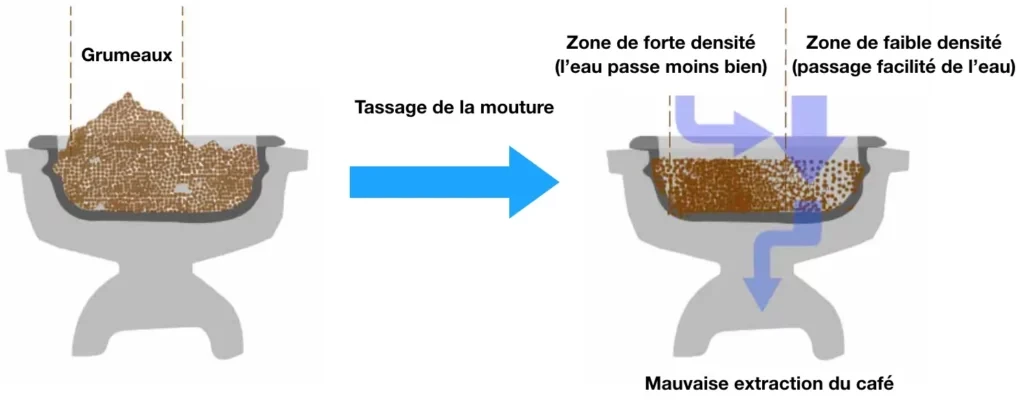Could the RDT Technique Damage My Coffee Grinder?

Discover the RDT technique, recently highlighted by James Hoffmann, which could transform your approach to coffee. This article guides you through the benefits of adding water in the grinding process, revealing valuable insights to improve your brewing experience. Enjoy practical advice grounded in scientific research to optimize your tastings and savor every cup like never before.
As a complement to the excellent article by my co-author, Psychogeek, on the RDT technique, I would like to highlight a recent video by the famous YouTuber James Hoffmann. In it, he discusses in detail an in-depth study of this phenomenon.
Why add water?

As part of their research, the authors of the article used an EK43 coffee grinder equipped with two plates at its output: one positively charged and the other negatively charged. This configuration allowed them to precisely quantify the proportions of positively charged, negatively charged, and neutral grounds.
It goes without saying that coffee grinder manufacturers strive to eliminate this static electricity in order to minimize coffee retention and clump formation. This is how the Ross Droplet Technique emerged, already detailed in the following article.
But what exactly happens when this water is added to the coffee beans? According to the study by Joshua Méndez Harper et al., water is a polar molecule: oxygen atoms carry a negative charge and hydrogen atoms carry a positive charge. This means that water can interact with the charged particles in the coffee, reducing their static electricity during grinding.
Furthermore, water also helps to dissipate the heat generated by friction, reducing the amount of charged particles. In summary, adding water to coffee beans plays several complementary roles.
Influence of the Ross Droplet Technique on espresso extraction
This study also detailed the influence of RDT on espresso extraction, revealing that it leads to a decrease in flow rate and an increase in extraction.

As James Hoffmann points out in his video, this is an aspect often invisible to baristas. The study indicates that approximately 20 µl of water per gram of coffee is needed to neutralize electrostatic charges in an EK43, which is 0.36 g of water for 18 g of coffee. This is much more than a simple spray bottle spritz.
How does adding water influence espresso flow rate?
- Reduction of electrostatic charges → less retention and clumping
- More homogeneous distribution of grounds in the portafilter
- Direct effect on the permeability of the coffee bed
- Modified extraction flow rate and increased extraction potential
This ties in with what is discussed in the article on channeling.
Tips to avoid channeling
Channeling is a phenomenon of imbalance in the water flow through the coffee grounds. It is therefore a problem only related to espresso extraction. Indeed, water will always take the path of least resistance. Let's discover how to avoid this phenomenon.
Read more...In summary, adding water improves grind consistency and optimizes espresso extraction.
Does the RDT technique risk damaging my coffee grinder?
Some baristas fear that water oxidizes the burrs. But the study showed that, even with doses higher than a simple spray, there is no degradation observed. Only slight temporary moisture was observed in the grinder, quickly regulated.
Ionizers VS RDT
Today, ionizers are offered to neutralize charges at the grinder’s output. But, as Christopher H. Hendon points out, their action is limited: coffee aggregates formed before the output are not dissociated. RDT therefore remains a more effective alternative.

Contributing to James Hoffmann’s study
This research was conducted only with an EK43. To go further, James Hoffmann has set up a form where anyone can contribute by testing their grinder (DF64, Eureka Oro, etc.) and sharing their results.

